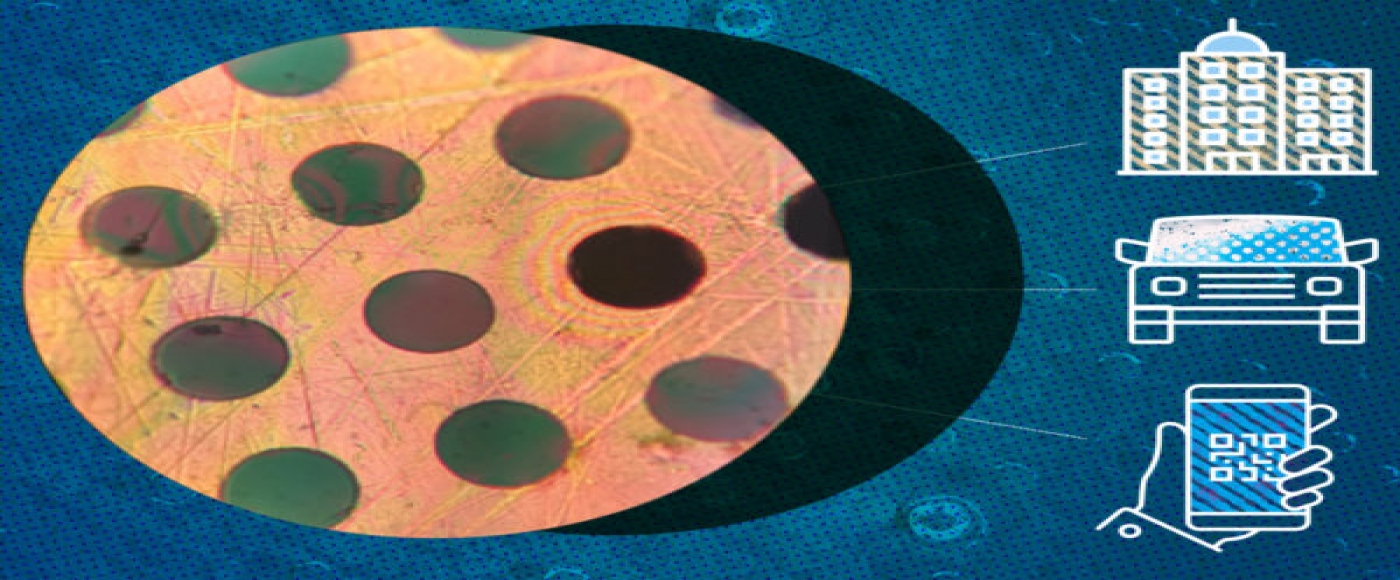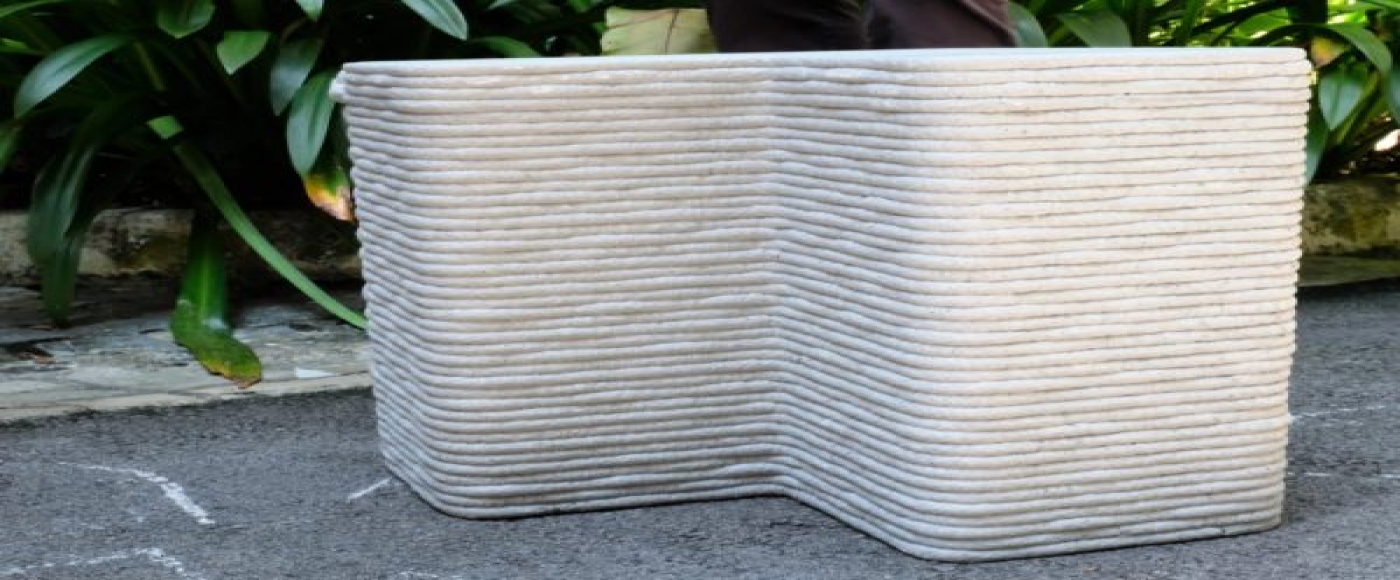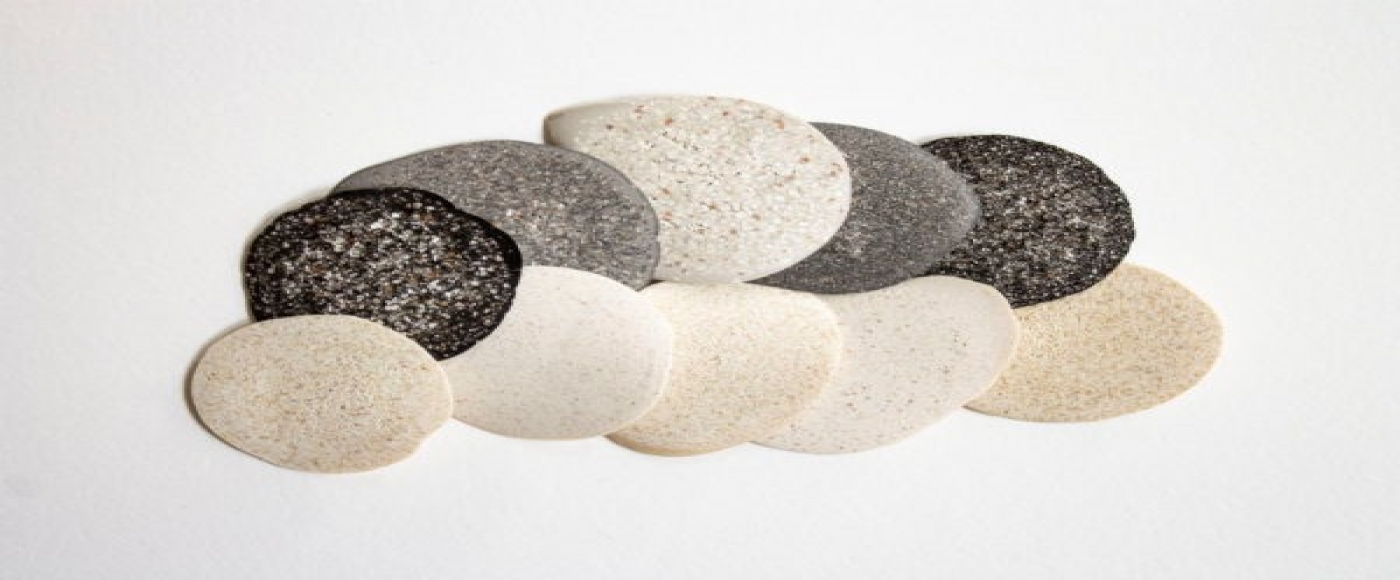Common materials for wall today
These are several different materials with different compositions and properties that are used in the construction of a wall.
The functions or duties of the wall, which can or may not be loaded, define certain types of building materials such as zoning block bricks etc. .jpg)
.jpg)
(Source: Internet)
Bearing walls are part of the structural system of the building, whereas the bearing walls are not loaded to block only areas of the building.
The following table shows the various common wall materials available today and their composition, properties and applications.
| SN | Wall Materials | Composition | Properties | Applications |
| 1 | Fired Bricks | Clay materials are heated |
Compressive strength: 10-30MPa; apparent density: 1500-1800kg/m3; thermal conductivity: 0.78W/(m*K); and frost resistance: 15 times |
Brick arches, wall, bases, columns |
| 2 | Fired Porous Bricks | Clay materials are heated |
Compressive strength: 7.5-30MPa; apparent density: 1100-1300kg/m3; and frost resistance: 15 times |
Insulating load-bearing walls |
| 3 | Fired Hollow Bricks and Blocks | Clay materials are heated |
Compressive strength: 2.0-5.0 MPa; apparent density: 800-1100kg/m3; and frost resistance: 15 times |
Insulating walls and non-load bearing wall |
| 4 | Lime-sand Bricks | Made by autoclaving ground fine silicate sand, lime and water |
Compressive strength: 10-25MPa; apparent density: 1800-1900kg/m3; thermal conductivity: 0.6W/(m-K); the appearance is structured and white grey; they also can be made into colourful bricks; the bricks cannot resist flowing water for a long time and also acid corrosion |
The application is almost the same with fired common bricks, but they cannot be used in the parts experiencing flowing water and heat above 200 C for a long time |
| 5 | Autoclaved Fly Ash Bricks | Fly ash, lime, aggregates (slag, and mineral slag) and gypsum | Compressive strength: 7.5-20MPa; apparent density: 1500kg/m3; the dry shrinkage of qualified products: | The same with lime-sand bricks |
| 6 | Aerated Concrete Blocks | Porous concrete is made of ground silicate materials that gas and autoclave lime, aluminum powder and water |
The compressive strength of 500(kg/m3) grade: 2.2-3.0MPa; thermal conductivity: 0.1 0-0.16W/ (m.K); frost resistance: 15 times; the compressive strength of 700 grade: 4.2-5.0MPa |
Walls of buildings and Insulation |
| 7 | Aerated Concrete Panel | As above, and with steel bars |
The compressive strength of 500(kg/m3) grade: 2.2-3.0MPa; thermal conductivity: 0.1 0-0.16W/(m.K); frost resistance: 15 times; the compressive strength of 700 grade: 4.2-5.0MPa |
Outer walls and partition walls |
| 8 | Foam Concrete Blocks | The porous concrete made by gas-forming and autoclaving cement, foam agent and water |
The common ones are 400 grade and 500 grades; the compressive strength of 500 grade is 2-3.0 MPa; and the thermal conductivity is 0.12 W/(m*K) |
The same with aerated concrete |
| 9 |
Conventional small concrete hollow blocks |
It is made of stirring and forming cement, sand, stone and water. |
Compressive strength: 3.5 to 15 MPa; Hole-rate: 35% – 50%; Apparent density: 1300 – 1700 kg/m3; Thermal conductivity: 0.26 W/(m*K) |
The inner walls and load-bearing walls of low-rise and middle-rise buildings |
| 10 | Small-sized lightweight aggregate concrete hollow blocks | Made by stirring and forming a light aggregate of cement, sand (light sand or regular sand) and water | Compressive strength: 2.5 – 10 MPa; Apparent density: 500 – 1400 kg/m3 |
The insulating walls (<3.5 MPa) or non-load-bearing walls; load-bearing walls (>= 3.5 MPa) |
| 11 | Lightweight concrete wallboards |
It is made of sand, water, cement, lightweight and steel bars |
Apparent density: 1000 – 1500 kg/m3; Compressive strength: 10-20 MPa; thermal conductivity: 0.35 – 0.5 W/(m*K) |
The wallboards used in non-load-bearing walls which strength less than 15MPa |
| 12 |
Lightweight concrete square slabs |
The polystyrene boards with steel mesh plastered by cement mortar on two sides, or composite colorful thin steel plates, aluminum alloy boards and colorful galvanized steel boards |
Weight: 10 – 110 kg/m3; Heat resistance: 0.6 – 1.1 (m2*K)/W Soundproof index: 40dB | Self-supporting outer walls, partitions, insulating walls (such as ceilings, and roof boards) |
| 13 |
Concrete square slabs |
concrete of 20-30 thick as the surface layers, rock wool felt, glass fiber felt, foam concrete and other insulating materials as the middle layer reinforced for composed by |
Load bearing board: 500 – 542 kg/m3; Thermal conductivity: 1.01 W/(m2*K) (thickness of 250mm); Non-load-bearing: 260 kg/m3; Thermal conductivity: 0.593 W/(m2*K) (thickness of 180mm) |
Outer walls can be load bearing or non-load bearing |
| 14 | Paper Gypsum boards, fiber gypsum boards, hollow gypsum boards and decorative boards | Building gypsum, paper boards, glass fiber and water |
Apparent density: 600 -1000 kg/m3; bending load:400-850N; Thermal conductivity: 0.2-0.25 W/(m*K); Soundproof index: 30 – 50 dB; Lightweight, insulating, soundproof, easy to be processed and used, and poor water resistance |
Inner partition walls, or the boards inside composite walls, the relative humidity of the environment > 75% and the temperature > 600C, and noise reduction |
| 15 | Glass fiber reinforced cement boards (GRC Boards) | Cement with low-alkali, anti-alkali glass fiber, water and lightweight aggregate |
Apparent density: 1880 kg/m3; Bending strength: > 25kJ/m2; Thermal conductivity: <=0.2 W/(m*K); Soundproof indexes: > 30 – 45 dB; Fireproof limit: 1.3 – 3h; easy to be used |
Inner partition walls, the protective boards on the exterior walls or combined with other core materials |
| 16 | Natural stone | The stone not processors |
Susceptible to thermal shock, porous, and may stain |
tangled stone wall |
| 17 | Solid concrete blocks | Cement, sand, water and stone aggregated solid concrete blocks |
High structural capacity, resist fire, easy to be used etc. |
Load bearing walls |
| 18 |
The stone has been treated |
The stone is cut and polished |
Crushing strength should be greater than 100 N/mm^3, resist fire |
Wall made of monoliths |
| 19 | Glass Block | It is made of silica sand, soda ash and limestone which mixed and heated in large tanks up to 1260C. |
Heat transmission ratio: 2.97 [W/m^2 x K], Soundproof: -42dB, Light transmittance: colorless glass blocks 80% and colored glass blocks 60%. |
Insulation, cladding, glazing, and even as a structural component. |
Others:

AN ‘IMPOSSIBLE’ 2D MATERIAL STRONGER THAN STEEL

REPLACING SAND WITH GLASS WASTE IN CONCRETE 3D PRINTING

CERAMICS MADE OF EGGSHELLS
Vietnam’s Hospitality Real Estate – Time to rebuild

HoSkar Night - Networking Redefined



